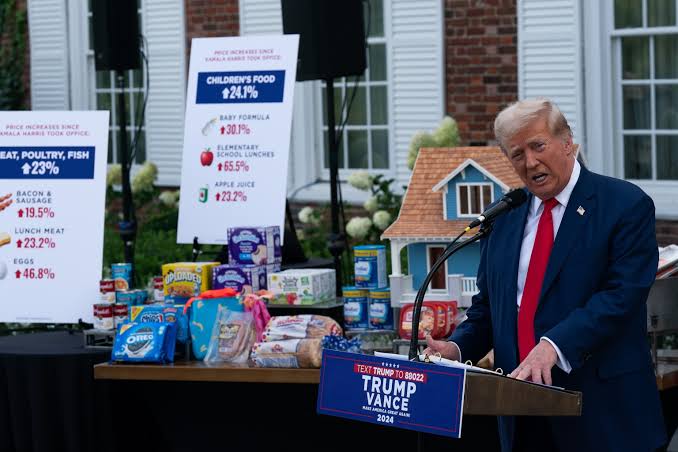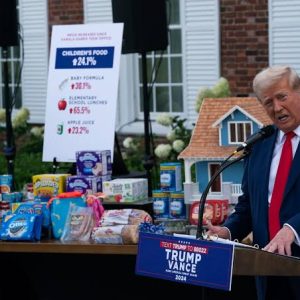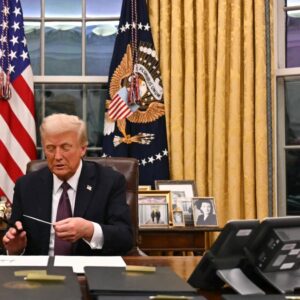
Donald Trump’s Promise to Reduce Grocery Prices: A Campaign Keystone
Donald Trump’s promise to reduce grocery prices was a central theme of his 2024 presidential campaign. With many Americans struggling to afford basic necessities, Trump’s vow to lower food prices resonated with voters. However, experts argue that his proposed solutions, including tariffs on imported foods and deporting undocumented workers, may not have the desired effect.
The Problem of Food Price Inflation
Food prices in the US have increased significantly since 2019, with a 28% rise in prices for food eaten at home as of October 2024. This surge has been driven by various factors, including the COVID-19 pandemic, the Ukraine war, and avian flu. Trump’s campaign promise to tackle this issue won him significant support from voters concerned about grocery bills.¹
Trump’s Proposed Solutions
Trump’s plan to reduce grocery prices centers around two main strategies:
- Tariffs on Imported Foods: Trump proposes imposing a 60% tariff on products made in China and a 10-20% tariff on all other foreign goods entering the US. He believes this will help American farmers by reducing competition from imported agricultural products.
- Deporting Undocumented Workers: Trump also plans to deport undocumented workers, many of whom are employed in the food industry. He claims this will create jobs for American citizens and help reduce food prices.
Expert Opinions
However, many economists and experts disagree with Trump’s approach. They argue that:
- Tariffs Will Increase Costs: Imposing tariffs on imported goods will lead to higher production costs for food manufacturers, which will likely be passed on to consumers.
- Deporting Workers Will Disrupt Food Supply: Removing undocumented workers from the food industry could disrupt the supply chain and drive up prices.
- Energy Costs Have Limited Impact:







